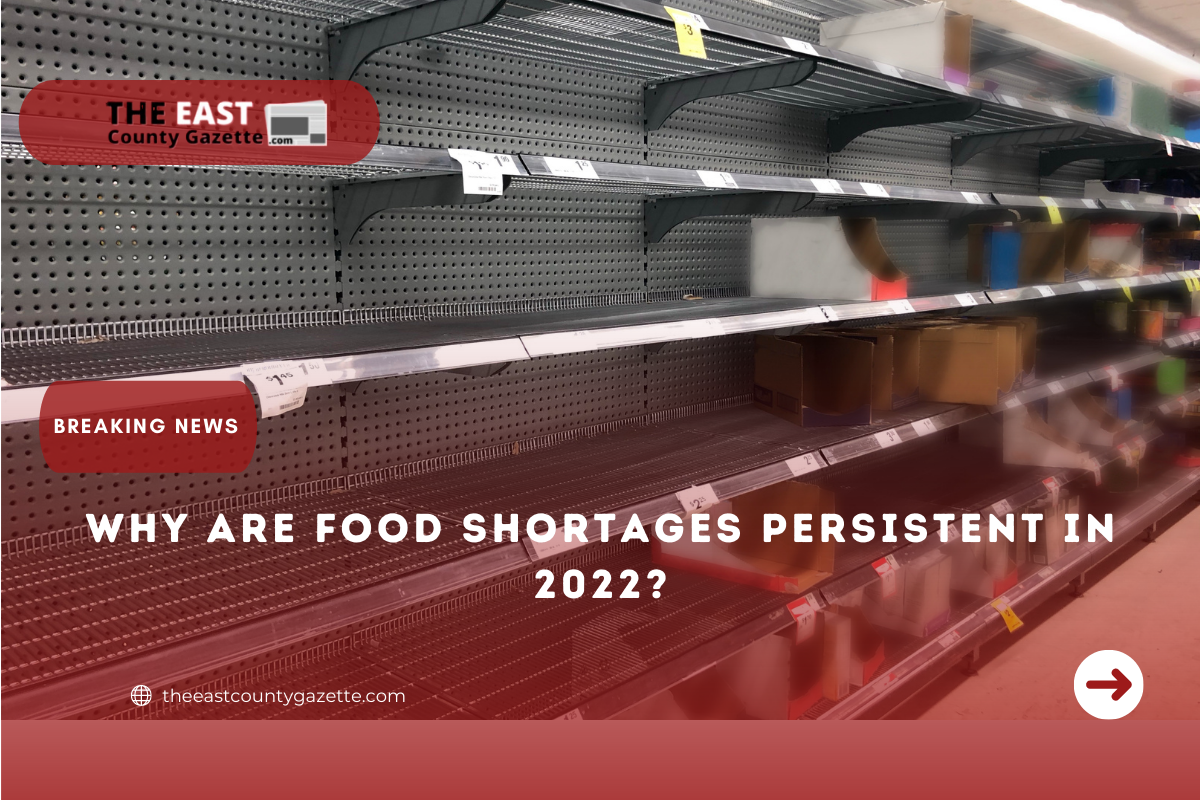Currently, food shortages are occurring in many regions of the world, and they expect the number of countries experiencing food insecurity to continue to climb.
The fast-spreading Omicron version of COVID-19 poses a threat to further disrupt global production and distribution, as well as exacerbating food shortages already on the rise.
While some people are investing in cryptocurrencies in order to gain exposure to hot developments such as Defi, NFTs, the metaverse, and Web3, others are using the funds to purchase household needs like food and clothing.

Problem is that they may not have enough food to purchase even if they have the money, and many households will have to pay more on food as a result of the rising costs caused by a lack of supply and high demand in an increasingly competitive market. Experts have expressed concern that food prices may remain high in 2022.
Will Omicron contribute to the world’s food scarcity problems in 2022?
COVID-19 Omicron form, which is quickly spreading throughout the world, has resulted in limitations on the movement of persons and products in many regions of the world. In several countries, numerous businesses have ceased operations, and authorities have imposed lockdowns in high-risk areas of the country.
As manufacturers deal with labor shortages and a scarcity of raw materials, the situation has the potential to limit manufacturing.
As a result of the Omicron virus, Bill Gates has expressed concern that we may be entering the worst phase of the pandemic. Despite this, the millionaire Microsoft founder remains optimistic that, if everyone takes the necessary steps, the pandemic will be brought to a close by 2022. And that could contribute to the averting of a global food crisis.
What is the root cause of the food shortage?
Labor shortages have played a significant role in the global food crisis. As a result of the inability of farms and factories to recruit enough personnel to operate at full capacity, food production is failing to keep up with demand.
Another issue is the rise in shipping costs as well as the cost of agricultural supplies such as fertilizer. Bad weather, as well as the necessity for agricultural items in biofuel production, have added to the difficulty of the situation.
People are storing products because they are concerned that there will not be enough food to go around. As a result, supermarkets are running out of supplies at an alarming rate.
Countries that are suffering from a scarcity of food
The United States is experiencing a food scarcity, which includes both human and pet food. In the wake of the epidemic, more people have taken up pet ownership, increasing demand for pet supplies and putting pressure on the supply.
There are many vacant shelves in supermarkets around Australia, as a result of logistical issues that make it difficult to move items from factories to stores on time.
Furthermore, many businesses are functioning with fewer employees as a result of the spread of omicron, which has pushed several employees to take time off. North Korea shut down its borders in order to keep COVID-19 out.
While this may have assisted in preventing the spread of the disease in the country, it has had a negative impact on cross-border trade and has resulted in a reduction in North Korea’s food supplies.
According to a poll, the United Kingdom has experienced a worse food crisis than several other European Union countries, including Germany, France, and Spain. Afghanistan and Madagascar are two more countries that are suffering from a food shortage.

